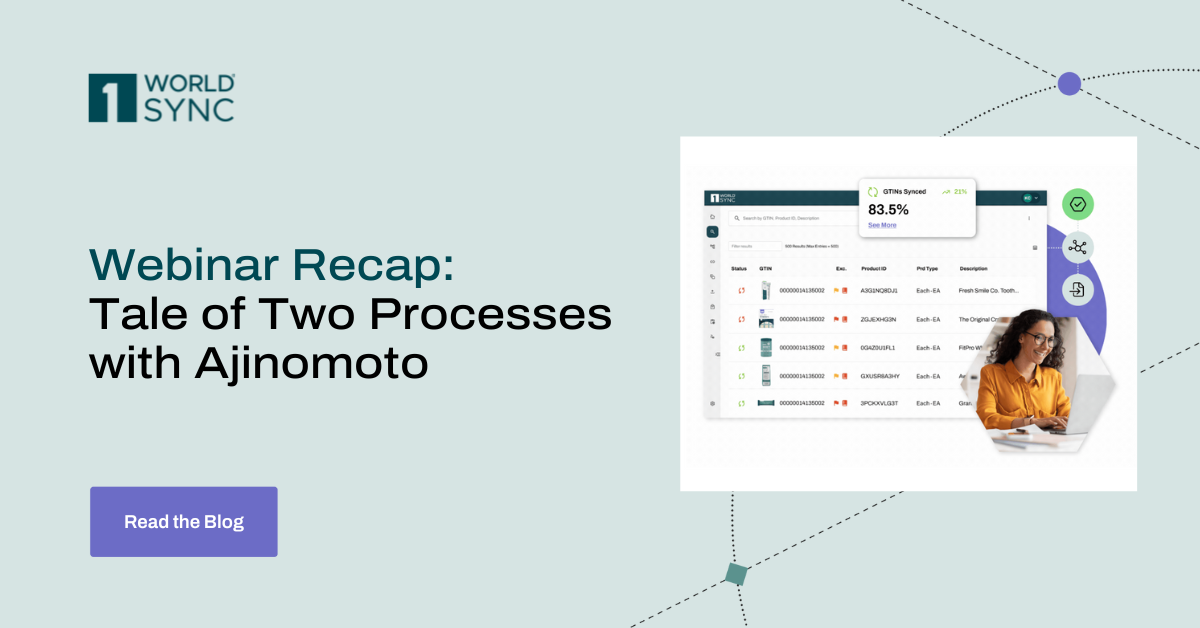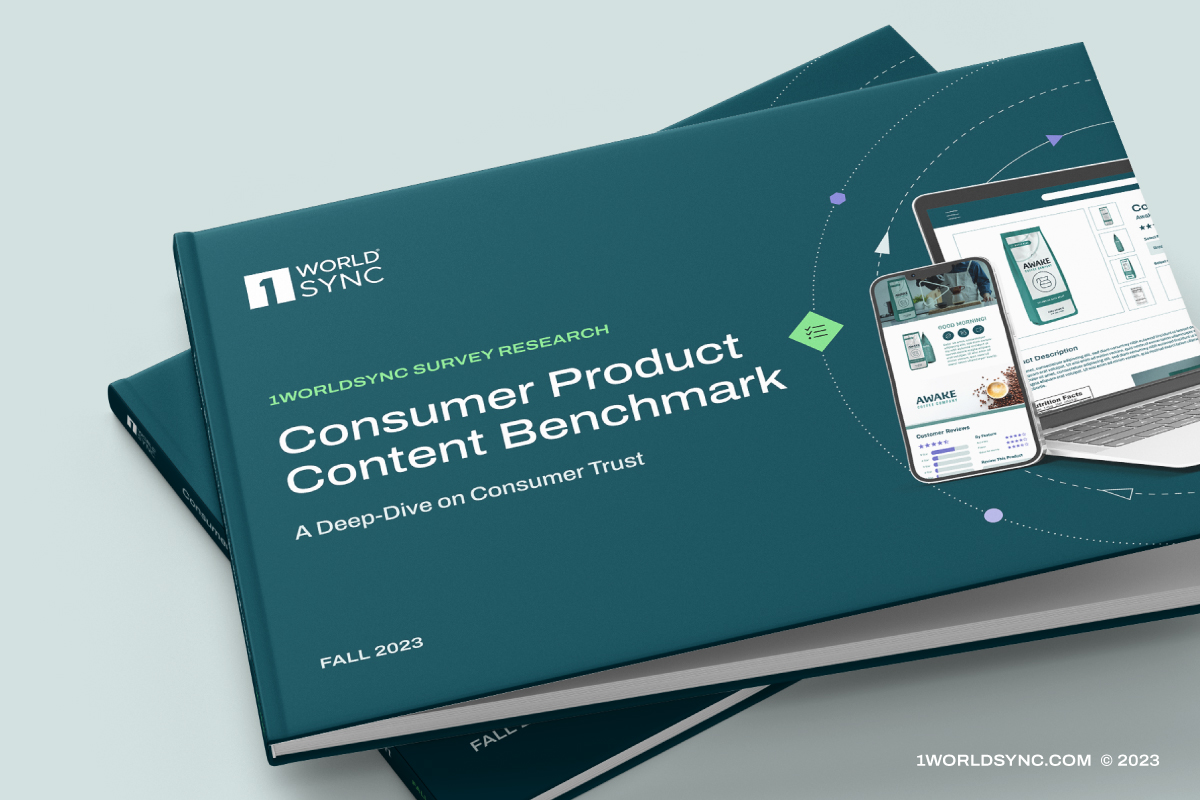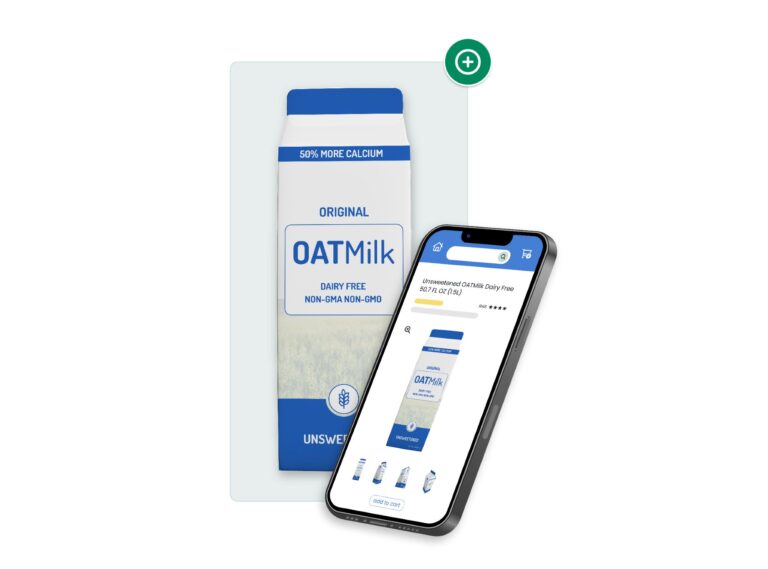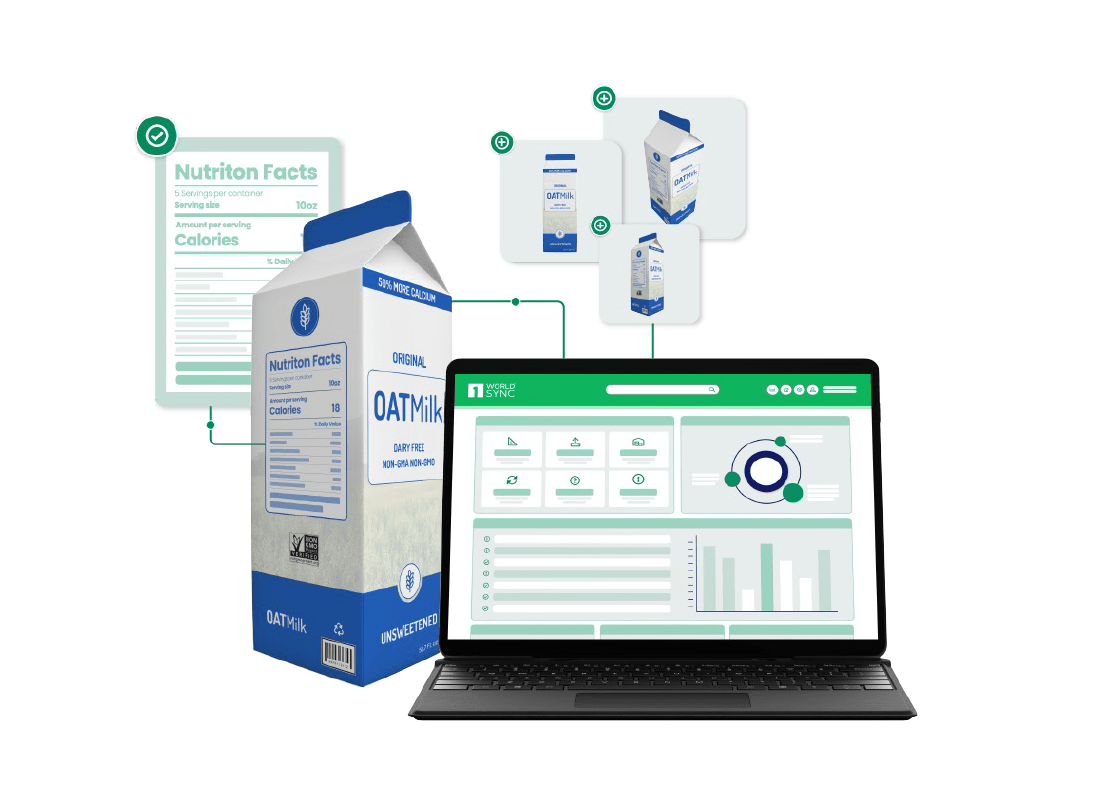Artificial Intelligence capability has grown exponentially in the last year, specifically in copy creation. AI empowers marketing teams to maximize time and resource spend, streamline content creation and enhance efficiency at every step.
Regarding product detail pages, AI can help us optimize product descriptions to target audiences at the ideal stage in the buyer’s journey. What once required hours of work can be done instantly with a simple prompt and click of a button.
Even now, AI is evolving daily to better perform content creation tasks. To create compelling copy, you must harness the power of AI to cater to search engines (for SEO and discoverability) and users (to engage, educate and compel purchase). This article from 1WorldSync explores how to create PDP descriptions with AI that both Google and users will love. Read on to learn how to take hold of this paradigm-shifting technology to optimize your PDPs and increase your sales and revenue starting today.
Understanding Google’s Algorithm and SEO Requirements
Before learning to use AI for content creation, we must understand Google’s expectations for your PDP content.
Google’s search algorithm considers various factors when ranking pages; the top factors include:
- Meaning – The intent behind the user’s query
- Relevance – Whether content contains information relevant to the search
- Quality – Content that demonstrates expertise, authority and trustworthiness
- Usability – Does the page provide a good user experience?
- Context – User information like location, past search history and Search settings
These qualitative elements of your content and pages allow Google to best match your content to the user’s query. To break this down even further, Google’s algorithm ranks content according to a list of SEO-specific ranking factors. When optimized for Search, these product page and site elements help you achieve the SERP rankings that can increase engagement, clicks, traffic and sales.
While you can’t perfectly optimize every page for every ranking factor, you can proactively optimize for the factors that matter the most. Below are Google’s (historically) most important SEO ranking factors for PDPs:
- High-quality content
- Search intent and content relevancy
- Site speed
- Mobile-friendliness
- Keyword optimization
- On-page experience
These SEO elements contribute to the overall user experience, which is Google’s primary goal. Google wants users –– in this case, shoppers –– to utilize its search engine, and they will only do that if it delivers the best results for their query.
PDP discoverability and resulting sales are only possible if your pages are optimized for Google. And the element you should prioritize optimizing? Your PDP content and, more specifically, your product descriptions.
User-Centric Approach to Product Descriptions
Your PDP copy must appeal to Google’s algorithm so you can achieve the rankings that drive traffic. But at the end of the day, you’re not selling a product to Google. Your target buyer is just that: a buyer. Your PDP descriptions must engage real consumers, educate them on your product, and provide the information they want and need to make a confident purchase.
The user experience is at the heart of a conversion-driving product detail page. A significant factor in that experience is your product descriptions. Prioritize clear, concise and persuasive language that does more than simply convey product information. Your descriptions should show users how your product will enhance their lives or provide the solution they’re searching for.
When you utilize AI correctly, you can create compelling PDP descriptions that center the user without compromising on Google’s SEO standards: a winning approach that helps users find and buy your products.
Leveraging Natural Language Processing (NLP) for SEO
Natural Language Processing (NLP) is a branch of AI focusing on the interaction between computers and humans through natural language. NLP models are trained to understand and generate human-like text, making them invaluable for product descriptions and PDP optimization tasks.
NLP plays a crucial role in SEO by enabling marketers to create content that aligns with Google’s search engine algorithm while catering to user intent. NLP algorithms can analyze massive amounts of text to identify relevant keywords, phrases and patterns that resonate with Google and its users.
These models are adept at understanding user intent behind search queries. By analyzing the context queries, NLP can identify the underlying intent, whether informational, navigational or transactional. This understanding allows marketers to tailor product descriptions to match the specific intent of potential customers.
NLP algorithms can seamlessly integrate target keywords and long-tail phrases into product descriptions without compromising the natural flow of the copy. By identifying keyword opportunities within the context of your product and its features, NLP ensures that product descriptions are optimized for Google and engage the consumer.
Crafting Compelling Product Descriptions with AI
Product page content is crucial to engage potential customers and bring them to checkout. Generative AI tools leverage NLP algorithms to create product descriptions that are not only SEO-friendly but also persuasive and compelling.
AI-powered tools typically follow a step-by-step process for generating product descriptions. This process may involve inputting relevant product information such as features, specifications and benefits and then letting the AI algorithm build copy based on data input and prompts.
You can customize advanced models to reflect your brand voice and tone, ensuring that generated descriptions align with your brand identity. Additionally, AI can personalize descriptions based on user behavior and preferences, creating personalized shopping experiences for each visitor.
AI helps you streamline content creation while maintaining quality and relevance to Google and the consumer.
Ensuring Content Accuracy
If your brand has dozens, hundreds or thousands of SKUs, crafting product descriptions using AI while maintaining complete accuracy with your product attributes and specifications can be an immense challenge. The major challenge with AI-writing assistants is that they don’t know your product details unless you give them that data. But this simply won’t scale well, and more importantly, relies on the user to be pulling the most up-to-date information from a product information management system.
The best solution is to choose a generative AI tool that integrates with your product content management platform.
For instance, 1WorldSync Item Management customers now have access to an AI-powered product description writing assistant integrated with their accurate and up-to-date product details.
A/B Testing and Continuous Improvement
AI has brought many retailers up the ranks on the digital shelf. Automation can return massive shares of time, energy and money to your business. But AI isn’t foolproof. In an ideal scenario, AI can handle all your generative content needs. But as with every other aspect of your marketing and content strategies, AI descriptions require continuous data analysis, A/B testing of description variations, and constant improvement to achieve optimal results.
A/B testing is crucial for optimizing product page descriptions for search engines and users. It compares two or more versions of product descriptions to determine which performs better in terms of SEO metrics (such as click-through rates and search rankings) and user engagement metrics (such as conversion rates and time spent on page).
After implementing A/B tests, analyze your performance data rigorously. Marketers can identify patterns that help them hit their KPIs by comparing the performance of different AI-generated product descriptions and moving forward accordingly.
Achieving SEO Success and User Satisfaction with AI-Generated Product Descriptions
Your product content is the cornerstone of your PDP. Getting it right is the crucial first step to increasing your sales and building your business. Every day, advancements in AI allow us to better optimize product page content that improves our standing with Google and the consumer.
Embracing AI tools and techniques will empower you to stay ahead in the competitive digital retail space, saving time and resources on the front end and increasing your revenue on the back. If you haven’t already, consider how AI tools can aid you in PDP optimization.
1WorldSync provides a suite of content solutions that help you thrive in your market. From content creation to orchestration and every piece in between, we have the tools you require to position yourself securely at the top of the digital shelf. Explore plans tailored to your unique needs, and get started creating impactful, compelling, revenue-driving content today.






